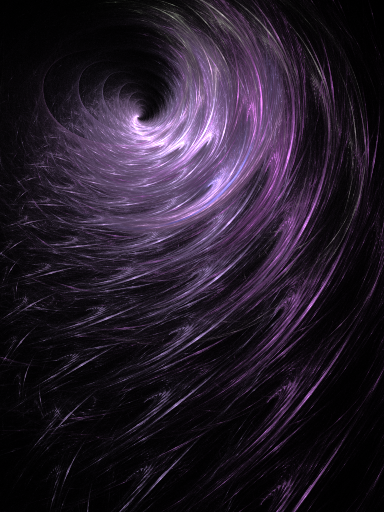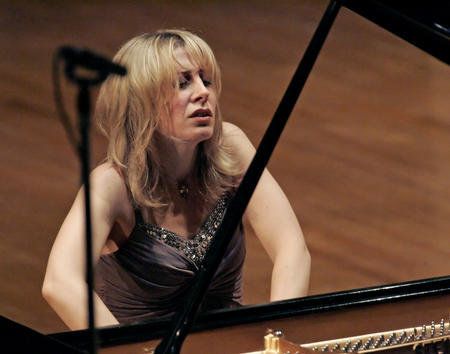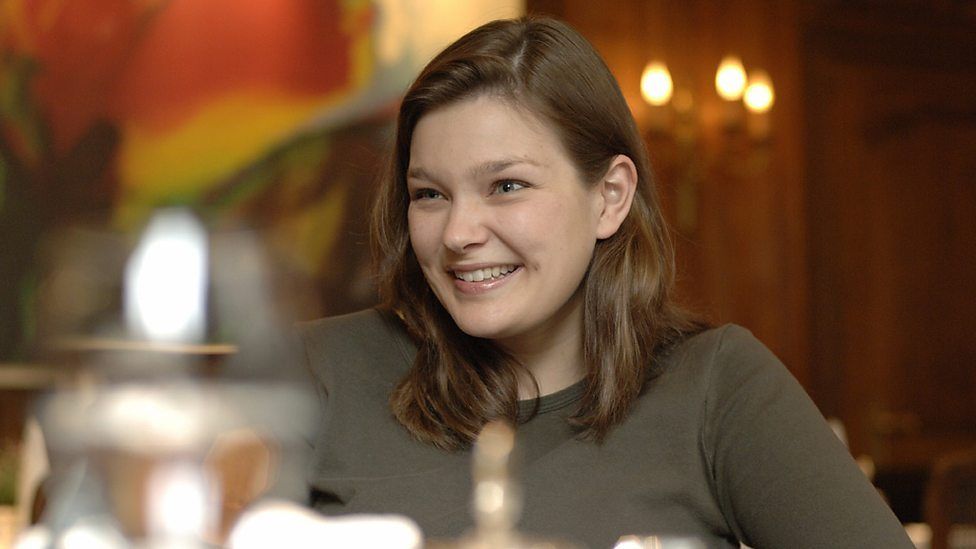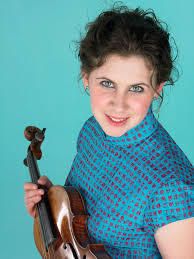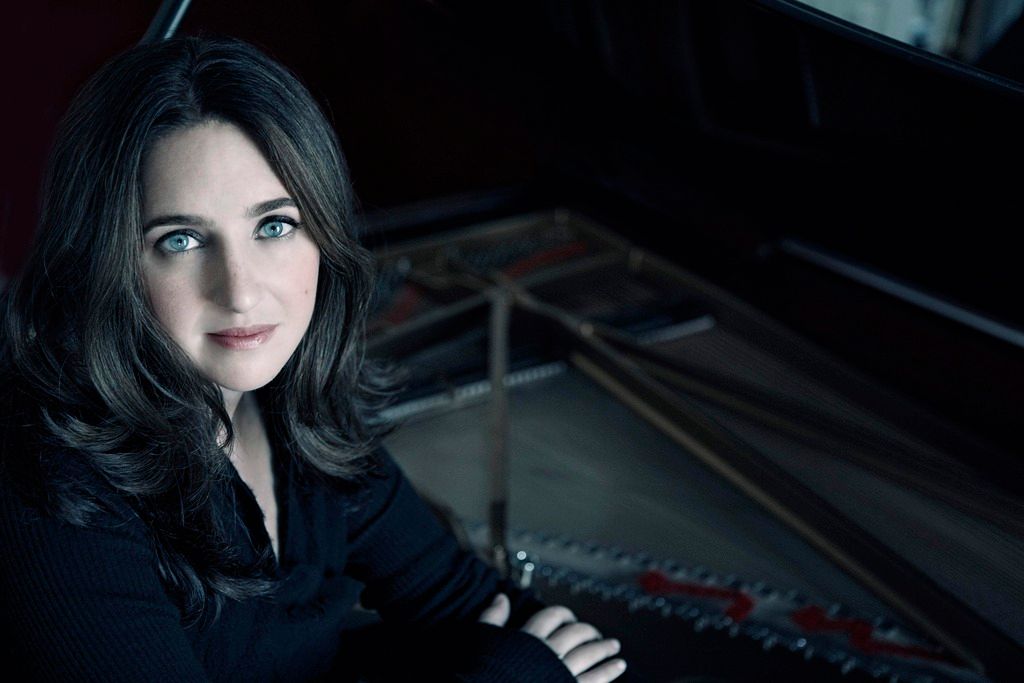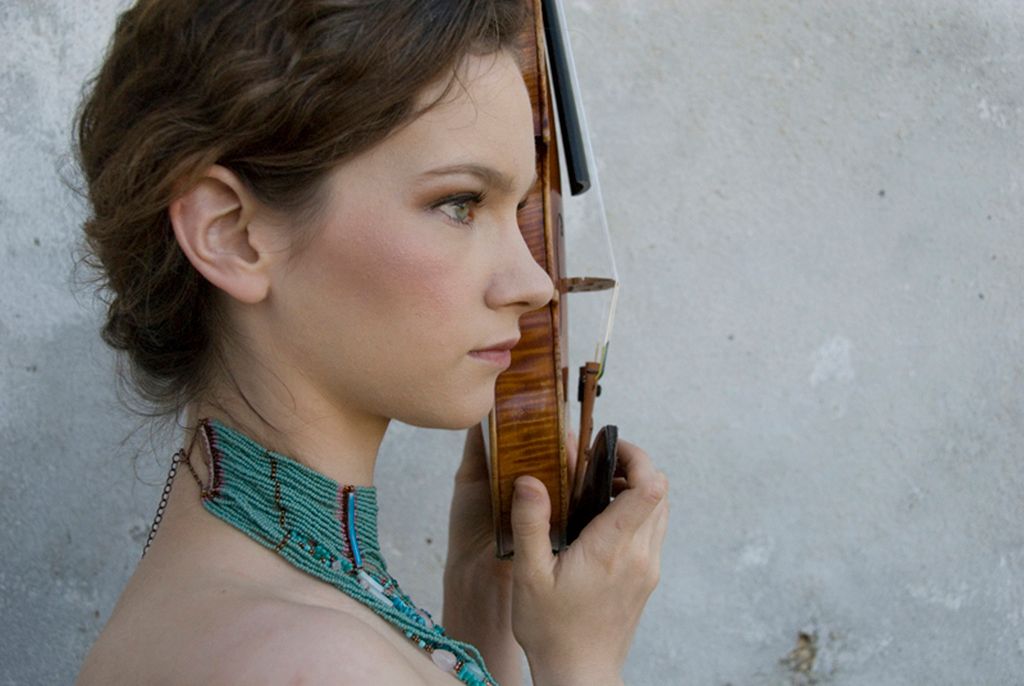I recently attended a four-day conference of the Academy for Spiritual and Consciousness Studies (of which I am a member), held at Chapel Hill, North Carolina. There were so many presenters that some time slots had to be triple-booked, based on loosely defined subject categories. The common denominator was that all involved paranormal phenomena related to spiritual growth, healing, or a mixture of the two.
It would be futile to summarize the whole conference, and even capsule accounts of several presentations would make this post way too long. So I'll concentrate on a single event that made quite an impression, very likely, on just about everyone who witnessed it.
The session -- added to the schedule almost just before the conference and taking place late in the evening of the first full day -- was a demonstration of trance mediumship.
You know what that means, right? A medium is a person who acts as a link between spirits not physically present on earth and a group of observers, often called sitters in a small group or séance. This was not a small assembly, however, but nearly everyone present for the conference. Some mediums transmit messages from spirits while in an otherwise normal state of consciousness; some under hypnosis or self-induced trance; a few while unconscious and oblivious to the here-and-now world.
Since the medium at the ASCS demo is completely open about her ability and has written books about what she does and related topics, there is no reason to conceal her identity. Her name is Suzanne Giesemann.
For a medium, her background is as unlikely as you could make up. Her previous career was in the U.S. Navy, where she held the rank of commander, and was at one time an aide de camp to the Joint Chiefs of Staff. She is married to the captain of a destroyer. It can safely be assumed that she did not go through a Flower Child or New Age unicorns-and-butterflies period. Suzanne acknowledges that if anyone had predicted, years ago, that she would be doing what she is doing these days, she would have thought the idea mad.
Before sitting down to begin the mediumistic segment, she spoke as her normal self about what those of us (including myself) who had never been at one of her inter-world transmissions might expect. The entity she would "bring through" is a guiding spirit known as Sanaya. Actually, Sanaya is said to be a collective consciousness rather than an individual spirit. Adopting a single name for a discarnate crew may be to keep embodied audiences from being distracted by seemingly different entities. Also, we are told, spirits don't attach much importance to names, since they know one another intimately by thought.
Suzanne's manner during her introduction was lively and vivacious, but content aside, no different from many practiced speakers on any subject. She seated herself; some recorded inspirational music (which I thought cloyingly awful, but chacun à son goût) was played; and she then sat quietly for about two minutes, almost motionless except for some deep breaths.
Then Suzanne was no longer there. Someone else had taken her place.
Now that sounds extravagant, maybe ridiculous. Of course I don't mean that her body disappeared and a completely different one inhabited the space. But a new personality took over.
I can't honestly say how much the actual tone of her voice, its timbre, differed from that she'd been using before going into a trance; I was too focused on the transformation of her speech pattern and gestures.
First, in place of the animated manner Suzanne had displayed when "herself," she now spoke slowly and solemnly. Okay, no big deal. Anyone could do that, and I mention it only to fill out the account that follows.
She -- might as well call her Sanaya -- spoke English, but in an extraordinary accent. It was not hard to understand her words, but the accent was unlike anything I've ever heard. It comes as near as matters to being indescribable, but here's a very rough idea. Try to imagine a cross between the pronunciation of an Irish person and an East Indian, with a few additional odd twists.
Now that sounds extravagant, maybe ridiculous. Of course I don't mean that her body disappeared and a completely different one inhabited the space. But a new personality took over.
I can't honestly say how much the actual tone of her voice, its timbre, differed from that she'd been using before going into a trance; I was too focused on the transformation of her speech pattern and gestures.
First, in place of the animated manner Suzanne had displayed when "herself," she now spoke slowly and solemnly. Okay, no big deal. Anyone could do that, and I mention it only to fill out the account that follows.
She -- might as well call her Sanaya -- spoke English, but in an extraordinary accent. It was not hard to understand her words, but the accent was unlike anything I've ever heard. It comes as near as matters to being indescribable, but here's a very rough idea. Try to imagine a cross between the pronunciation of an Irish person and an East Indian, with a few additional odd twists.
I don't think there could be any such blend in our world. Even if a person grew up in India and moved to Ireland at a young age, I doubt that a similar pattern would emerge. For one thing, accents are strongly shaped by the first influence. People raised in the U.S. deep South still talk like southerners even if they've lived in Boston for 40 years, and if the original accent is modified it is only partly so -- you don't get a 50-50 balance.
Mark you, I'm not saying Sanaya spoke in a mixture of Irish and Indian, with some other flavoring rounding it out, just trying to suggest its utter strangeness. So strange that any person in the audience might give a different description.
Beyond the way Sanaya shaped her vowels and consonants, the syllables emphasized were often different from those of someone speaking any variety of English (and often, it seemed, the stress was on the final syllable). I didn't write down any particulars (or take notes at all, being too absorbed in what was happening). But, for a made-up example, the word undoubtedly might have sounded like "und-out-ed-ly."
She spoke with great dignity.
Suzanne's gestures while speaking were large, dramatic, extraverted. Sanaya moved her hands slowly and gracefully, like a ballerina.
Why all this description? What about the content of Sanaya's "talk" and the answers to questions put to her by audience members?
As you can gather, I was too caught up in studying the style to fully pay attention to the content. The meaning I did take in was warm and elevated, but perhaps offered no particular evidence that it came from a disembodied source. In a printed transcript, it might not be unlike much you've already read.
Sanaya replied to audience questions. Suzanne in her warm-up talk had urged us to limit ourselves to inquiries of importance to everyone, not about personal issues, and everyone honored the request. So there was no possibility of "cold reading," or fishing for clues from the questioner. Following the question period, the transformation from Suzanne to Sonaya was reversed, and Suzanne was back with us, indistinguishable from herself earlier in the evening.
If I seem to have attached more importance to style than substance, it was because of looking for clues to establish Sanaya's reality as distinct from Suzanne's.
Skeptics of mediumship often ascribe the phenomenon to a secondary, unconscious part of the medium's own mind that is released in the trance state. That is probably true in some cases. As a general explanation of mediumship, the theory has a number of problems, which I won't go into here because of the lengthy discussion they would need.
With Sanaya, I could not take seriously the idea that Suzanne was putting on an act unconsciously, let alone consciously.
I give a lot of weight to Sanaya's speech mannerisms. Accents are hard even for some good actors to pull off, and as far as I know Suzanne had no theatrical training. A few actors (Meryl Streep for instance) are well known for their ability to put a different background on their tongue. With a couple of hours of practice, I'm sure Laurence Olivier could have convinced you he had spent his life in Brooklyn. John Gielgud, I don't think so.
But there we're talking about "normal" accents, which people actually speak, and that can be studied via recordings and with the aid of voice coaches. It's hard to conceive of anyone inventing an accent and using it consistently for even the 10 or 15 minutes Sanaya was "onstage." (There were no slips into conventional pronunciation, and I was listening carefully for them.)
Even given the highly unlikely possibility that someone could memorize an exotic speech with exotic gestures, the fact that Sanaya was responsive -- answering questions she could not have anticipated, and in the same mode -- puts paid to any suspicion of fakery, in my view.
So what to conclude from this demonstration? Well, it doesn't prove that dematerialized spirits can communicate with us on the earth plane through certain people with specialized abilities. But the history of science shows that nothing can be finally proven outside the realm of mathematics. For psychical research questions, only the preponderance of evidence as a whole offers tentative answers. For me, Sanaya counts strongly in aid of the spirit hypothesis.
Anyway, I'm glad to have "met" Sanaya. And thank you, Suzanne Giesemann, for generously lending your time to enable us to see a little beyond the veil.

